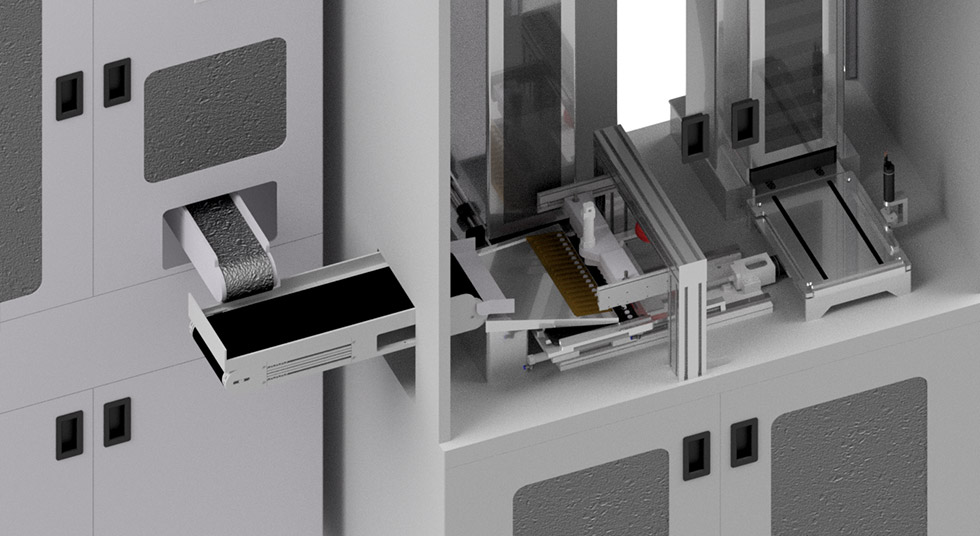
Industrial automation combines technologies such as robotics and programming to manage various machinery and processes. This results in fewer workers needed to perform certain functions. Automation mostly focuses on manufacturing, quality control, and material-handling processes which include repetitive tasks and a high workload.
Initially, industrial automation aimed to increase productivity by extending working hours and cutting the costs of a large human workforce. Today, as this goal has extended to improving quality and flexibility, automation not only reduces the overall share of human labor in production, but also increases profitability in terms of consumption of raw materials, energy, and time.
The introduction of new technologies can be delayed by the need to train workers. Automated manufacturing offers greater flexibility in this regard, as robots can be programmed to execute new tasks without the need to spend time on training.
One of the advantages of automation is increased workplace safety, as robots can be used to perform tasks otherwise hazardous to humans.
We understand that every production environment is unique in its limitations of space and flow of materials. With this in mind, we create systems designed to fit the specific needs of each customer.






